Energy Efficiency in Chillers
Energy Efficiency in Chillers
Energy efficiency in chillers is pivotal for decreasing working costs, minimizing natural affect, and complying with energy directions. A few components contribute to the energy proficiency of chillers, counting the plan, components, controls, and maintenance practices. Here are a few key perspectives of energy effectiveness in chillers:
1) High-Efficiency Components:
- Chillers with high-efficiency components, such as compressors, heat exchangers, and engines, can essentially diminish energy utilization. For case, utilizing variable-speed compressors and ECM (Electronically Commutated Motor) fan engines can optimize energy utilization by altering operation to coordinate the cooling demand.
2) Effective Heat Transfer:
- Effective heat transfer inside the chiller system is basic for maximizing energy effectiveness. High-performance heat exchangers with improved surface plans and materials move forward heat transfer rates, lessening the energy required to achieve the required cooling impact.
3) Optimized Control Systems:
- Progressed control systems and calculations offer assistance optimize chiller operation based on real-time conditions. Variable-frequency drives (VFDs) alter compressor and pump speeds to coordinate the stack requirements, minimizing energy utilization amid part-load conditions. Also, prescient controls and calculations optimize chiller sequencing and operation to further improve productivity.
4) Heat Recovery:
- Chillers prepared with heat recovery systems can capture and reuse waste heat produced during the cooling handle. This recovered heat can be utilized for space heating, household hot water generation, or other heating applications, decreasing the require for extra energy sources and improving generally system productivity.
5) Integrated Free Cooling:
- A few chillers highlight coordinates free cooling capabilities, allowing them to utilize surrounding air or water temperatures for cooling amid favorable climate conditions. By leveraging free cooling when open air temperatures are lower than the chilled water setpoint, these systems diminish the stack on mechanical refrigeration systems and lower energy utilization.
6) Proper Maintenance:
- Regular maintenance, counting cleaning condenser and evaporator coils, checking refrigerant levels, and guaranteeing legitimate airflow, is fundamental for maintaining chiller effectiveness. Dirty or fouled heat exchanger surfaces, clogged channels, and refrigerant spills can disable execution and increment energy utilization.
7) Energy Monitoring and Optimization:
- Executing energy observing and optimization strategies permits office supervisors to track chiller execution, distinguish energy-saving openings, and alter system settings in like manner. Continuous observing and examination of energy utilization information help optimize chiller operation, distinguish wasteful aspects, and prioritize energy-saving measures.
8) Effective Design and Sizing:
- Appropriate chiller choice, measuring, and system plan are basic for maximizing vitality effectiveness. Coordinating the chiller capacity to the cooling stack, considering part-load execution, and optimizing system format minimize energy waste and guarantee ideal execution all through the chiller’s operating run.
By joining these energy productivity measures into chiller plan, establishment, operation, and support practices, organizations can accomplish significant energy investment funds, decrease working costs, and improve supportability efforts. Furthermore, following to energy effectiveness measures and certifications, such as Energy STAR and LEED, can encourage approve the execution and natural benefits of proficient chiller systems.
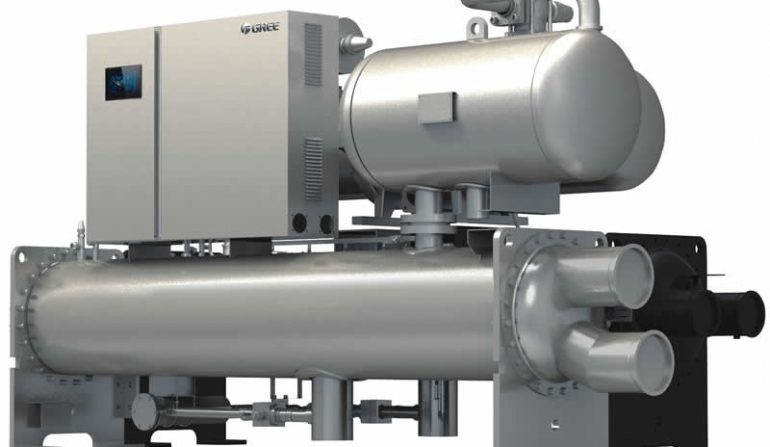


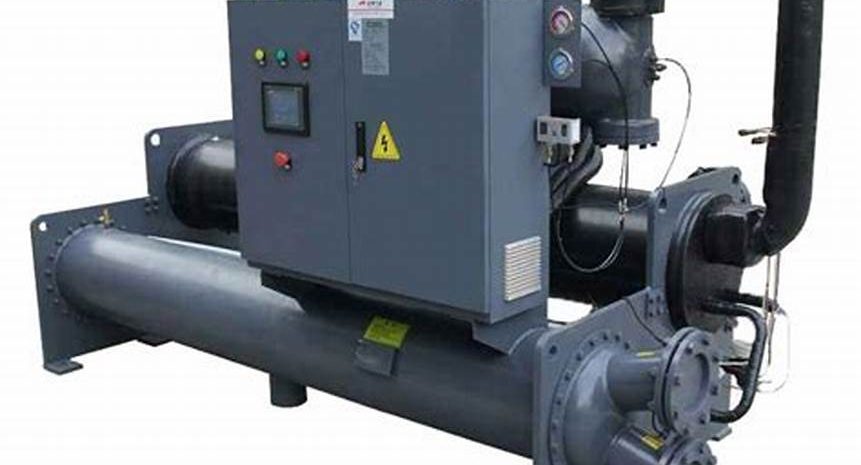
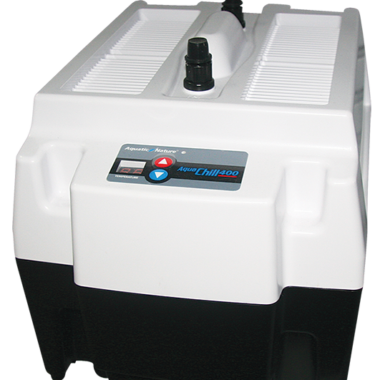
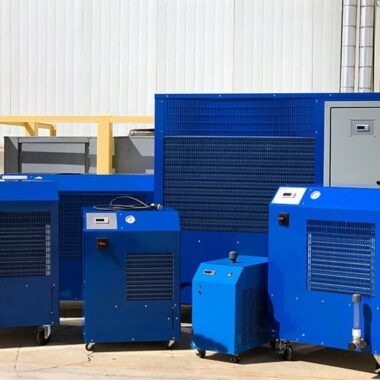
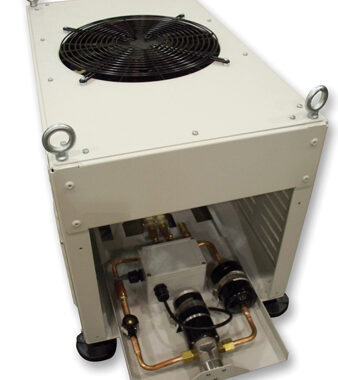

Chiller Applications in Different Industries - Cool Fab Equipments February 20, 2024 at 1:08 pm
[…] to preserve ideal temperatures for forms, equipment, and situations. Here are some common chiller applications in different Industries […]
Types of Chiller and Its Features - Cool Fab Equipments April 19, 2024 at 12:15 am
[…] Chillers are basic refrigeration systems utilized in different applications to remove heat from a prepare or space, maintaining desired temperatures and humidity levels. Here are the most types of chiller and its features highlights: […]